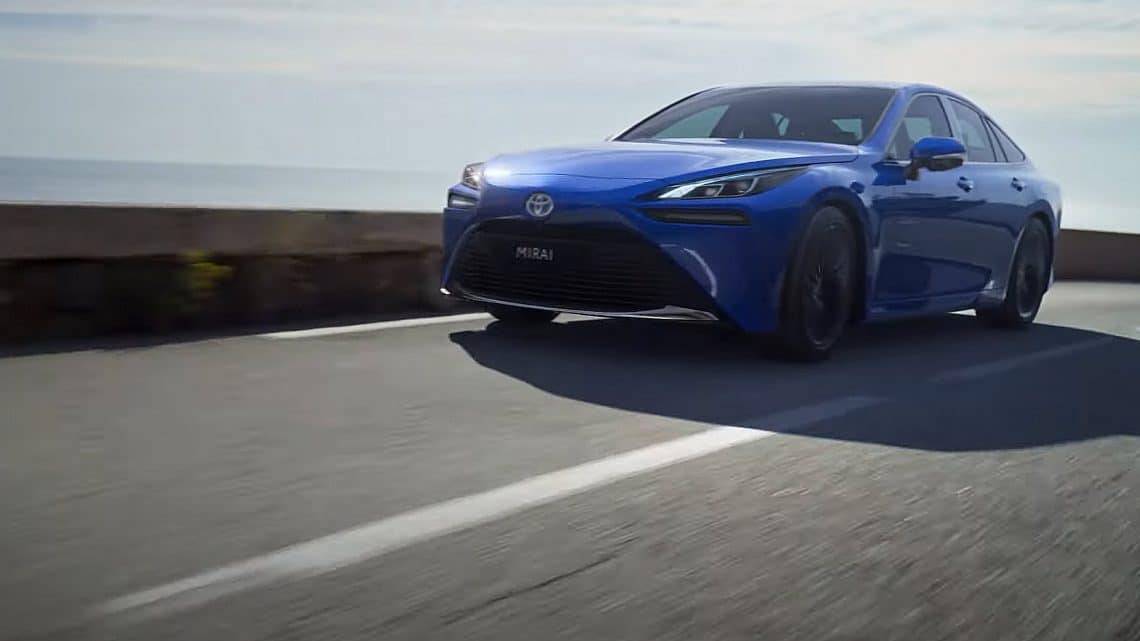
Toyota announces 2022 Mirai hydrogen car pricing
November 29, 2021The fuel cell vehicle will run for 400 miles or more on a single tank full of H2 and runs emission-free.
The newest model of Toyota hydrogen car, the 2022 Mirai model, has been announced and now the automaker has released the pricing it intends to apply to it along with clean fuel incentives.
This is a continuation of the second-generation fuel cell vehicle released by the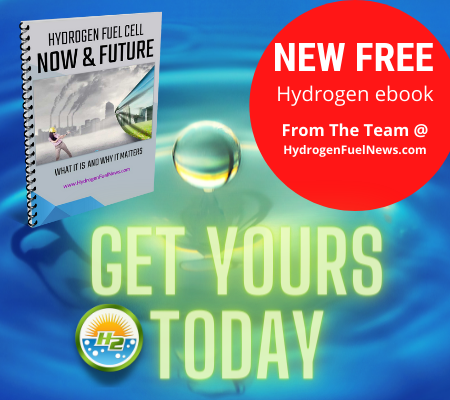 automaker.
automaker.
The 2022 Toyota Mirai hydrogen car will provide its driver with a range of more than 400 miles on a single full tank of H2. This emission-free fuel cell vehicle is seen as a strong improvement over the first generation of the vehicle. This is the case in everything from the performance to the appearance. For drivers who have access to an H2 fuelling infrastructure, it provides a practical option for driving with zero emissions.
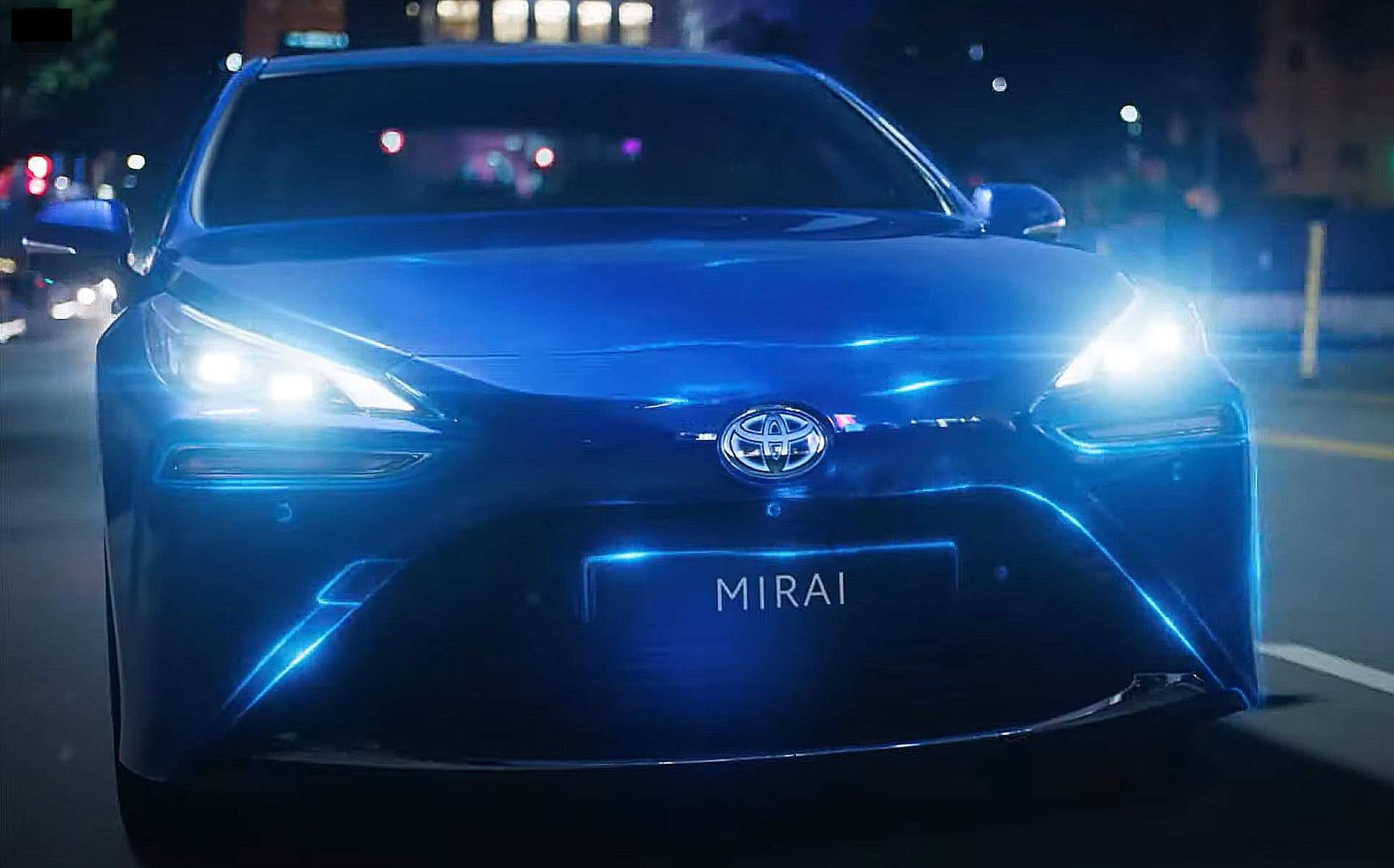
That said, it’s important to note that for millions of drivers across the United States, there has yet to be the necessary H2 infrastructure in place to ensure that drivers can refuel as needed and travel wherever they wish to go. For drivers who do have the necessary H2 availability, it’s certainly an attractive option. That said, practicality depends on the cost of the base model of the vehicle. It’s only a good option for drivers when they can afford it.
Toyota recently announced its new pricing for next year’s model of its Mirai hydrogen car.
According to the announcement released by Toyota, the base model Mirai XLE will be sold at a starting price of $50,525. This price includes the destination but doesn’t incorporate any of the potential credits or subsidies that may be available to drivers, depending on where they live as well as other factors.
Toyota Mirai Interior 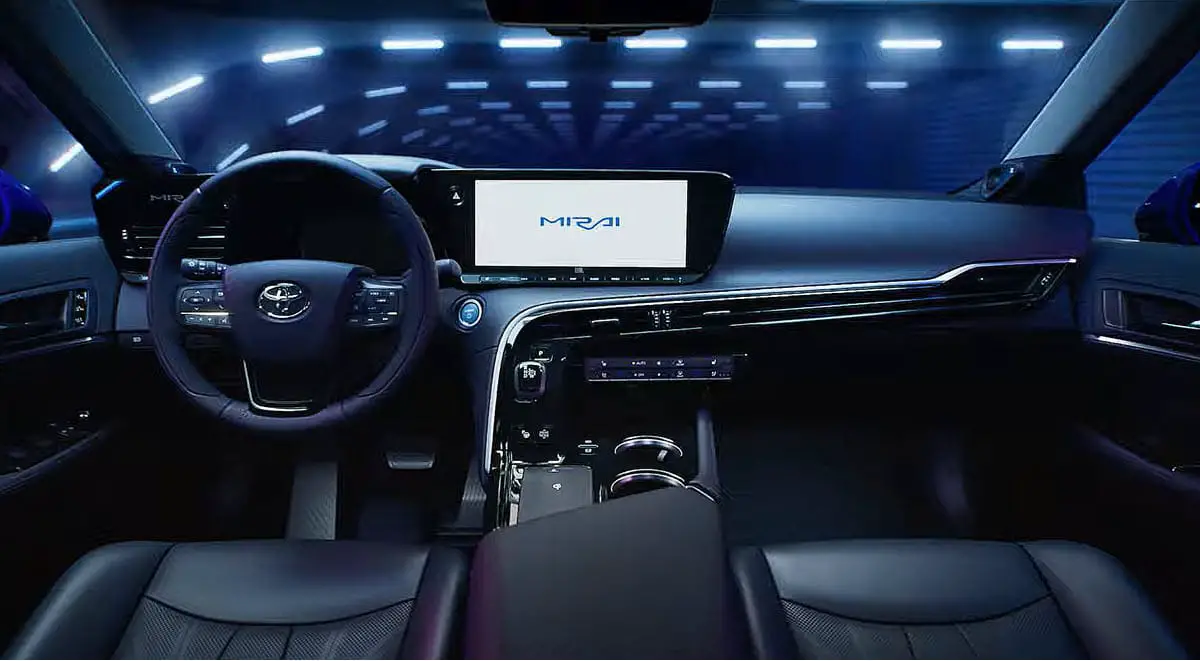
That certainly isn’t a cheap car, landing the price tag well into the luxury vehicle category. That said, the price of the vehicle isn’t the only issue worth considering when it comes to the vehicle’s affordability and the expenses associated with it.
As was the case with the last generation of the Mirai hydrogen car, Toyota is providing $15,000 in subsidies for H2 vehicle purchases. Right off the bat, that reduction will help to make the silent, zero-emission vehicle more affordable to some drivers.
Aside from the incentives to buy new, there are also incentives to buy a used Mirai. For instance, all certified used Mirai models come with a complementary $15,000 fuel card. Beyond that, customers who qualify will receive 0% APR for up to 72 months on their purchase of the hydrogen car.
The used fuel cell vehicle has a 12-month/12,000-mile comprehensive warranty, as well as a 7-year/100,000-mile limited powertrain warranty. Each vehicle comes with a free CARFAX® Vehicle History Report™. More information on those used H2 vehicle incentives is available through licensed dealers.
*Image credit: https://youtu.be/HCdgRMCltBs
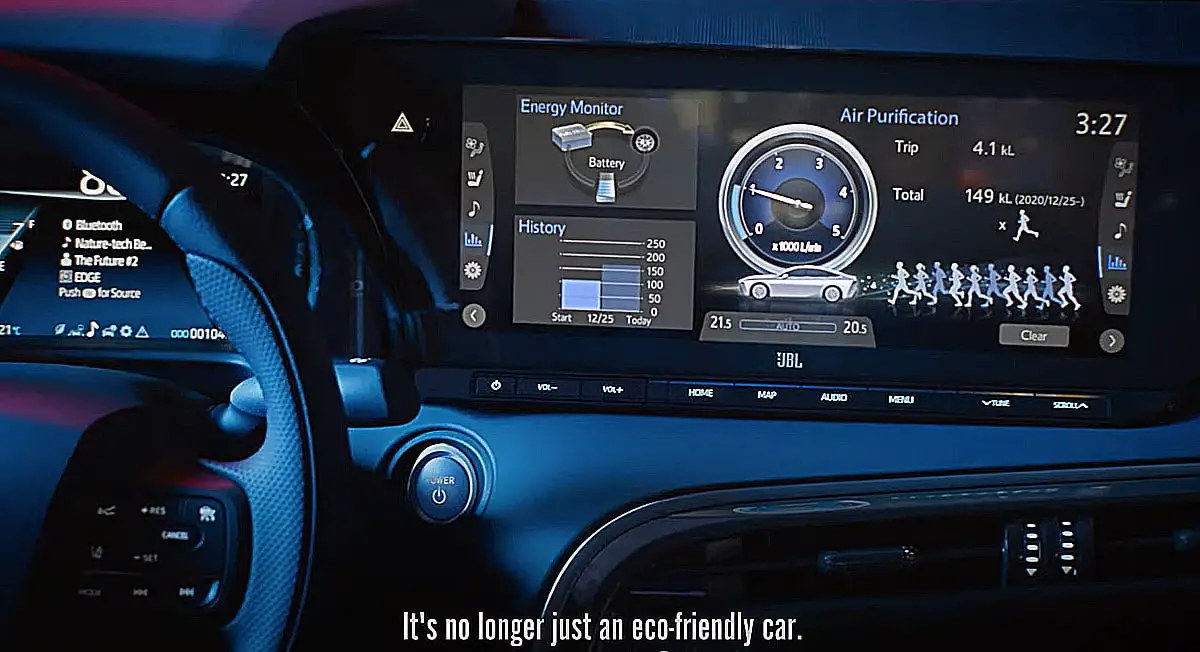
Hydrogen Cars Poll – Would you drive one if there were more stations? We want to hear from you – Vote Below⤵️


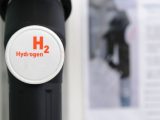
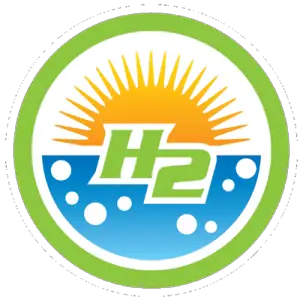 HFN News is your leading source for fresh hydrogen and renewable energy updates. Amid the fast-paced growth of hydrogen companies, we provide top-notch news and insights about this exciting sector. Our coverage spans from hydrogen cars to global sustainable initiatives, and we highlight the latest in green jobs and developing hydrogen hubs. We invite you to share your local hydrogen news and explore today’s renewable energy job listings on our site. Thanks for choosing HFN News as your trusted guide to the hydrogen and renewable energy world!
HFN News is your leading source for fresh hydrogen and renewable energy updates. Amid the fast-paced growth of hydrogen companies, we provide top-notch news and insights about this exciting sector. Our coverage spans from hydrogen cars to global sustainable initiatives, and we highlight the latest in green jobs and developing hydrogen hubs. We invite you to share your local hydrogen news and explore today’s renewable energy job listings on our site. Thanks for choosing HFN News as your trusted guide to the hydrogen and renewable energy world!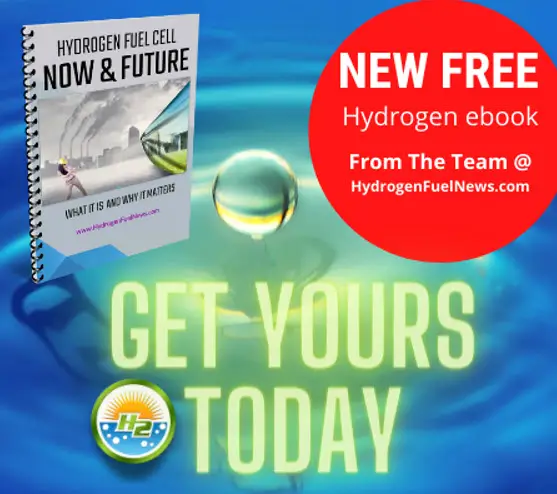
Want to know more about h2 vehicles. Especially trucks.
With all the publicity I see about Fuel Cell & Battery vehicles, the weight of the vehicles never seems to be discussed. I gather battery cars are typically double the weight of petrol equivalents, that means double the brake & tyre wear (and lots of particulates polluting the atmosphere) & increased road wear too. This is a very important issue which needs to be included in any review of “clean” vehicles.
If you wa t a refueling infrastructure, place it on Toyota dealership lot much like Costco sells gas at its stores locations. A good marketing tool to sell the Miriam. There are enough dealerships within 200 miles of each other across the country
That would be a great way to market and establish mindshare for hydrogen fueling stations- anywhere you see a Toyota dealer, you know hydrogen is available.
But I think the issue is not finding real estate for fueling stations, it’s the high capital cost for stations and for distribution infrastructure.
Great idea, but who wants to make a 200-mile round trip just to top off your tank (assuming the worst-case scenario that you live halfway between two dealerships)? When you get home your tank will be 3/4 full. You can drive for half a tank before you get down to 1/4 and have to make another 100-mile trip to top off.
Love the idea that Toyota dealerships arrange for a filling station on or near there location. This would also be an opportunity to partner with Gas/Diesel stations. The bottom line is, like most new technology, it starts to take root near cities, not rural. Once there is enough take up their, then there will be incentive to expand to smaller towns in between etc.
in columbus IN, Cummins, Inc has the refueling capability.
What a great idea
Love the car and will buy one when I can get reasonable access to fuel the length and breadth of the UK
Love the car. Location Midwest stat line Il, Ky, and MO
If the aim is to use green hydrogen, i.e. derived from renewable electricity, what advantages do hydrogen powered cars have over their electric battery powered equivalents? Range isn’t much of an issue with the latest generation of BEVs and the electricity grid is already in place. Do hydrogen powered cars have a performance advantage, e.g. does using hydrogen as an energy vector result in higher overall efficiency between generator and driven wheel? Or is the overall cost per mile travelled projected to be less?
In a nutshell, based on your concerns *if* a household has access to overnight onsite grid charging or if the obstacles for installation or not too difficult, the nod goes to battery-electric over a hydrogen fuel cell vehicle. That is a big *if* because a BEV without convenient overnight charging access is a game of inconvenience.
An important *if* to purchasing a hydrogen fuel cell vehicle is that you live in California along the 500-mile corridors from the San Francisco Bay Area to San Diego which is becoming flush with infrastructure (although not yet entirely reliable).